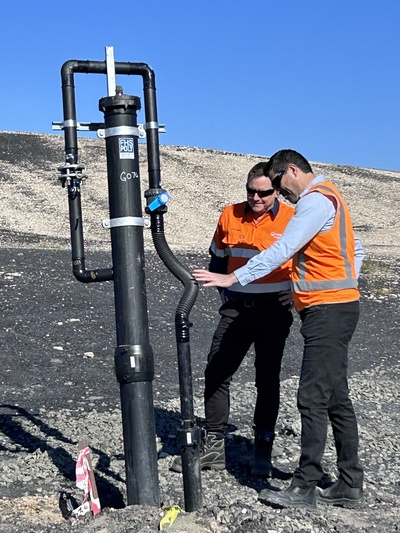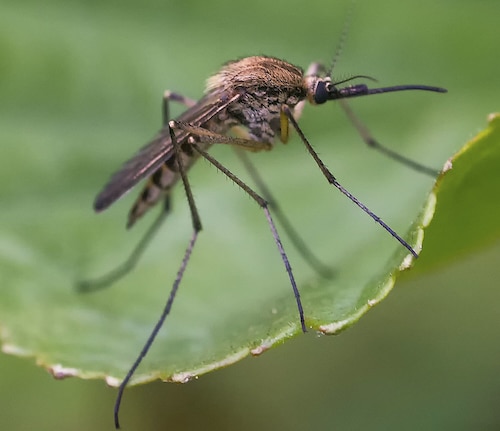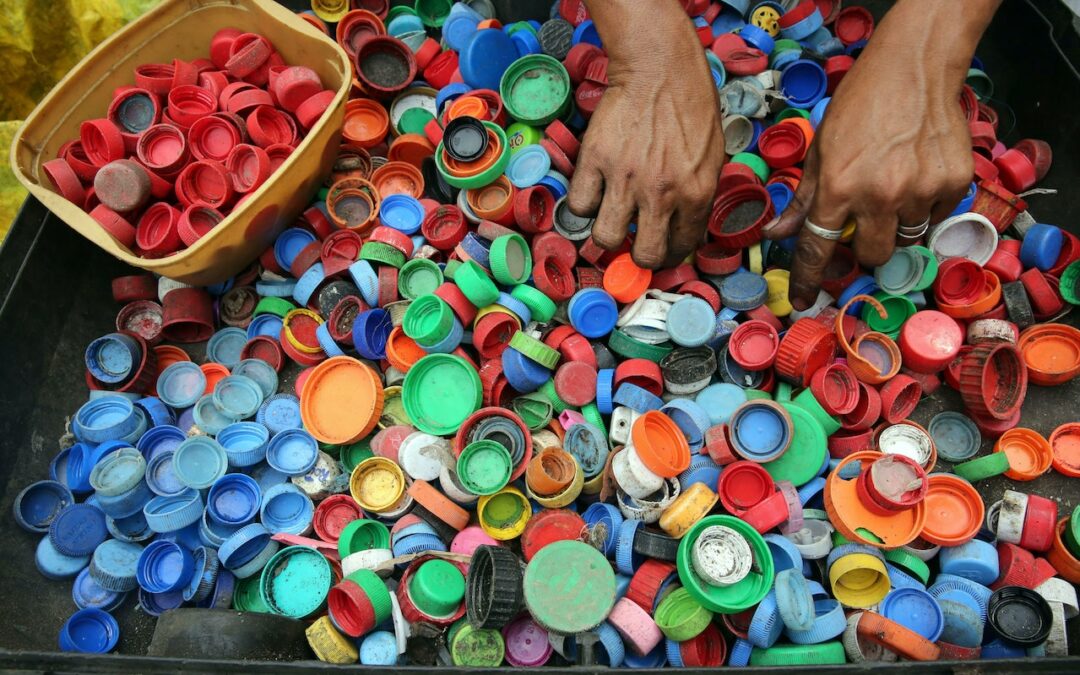
Low-carbon aviation? Try methane
In promising news for the aviation industry, researchers from the University of Sydney have developed a chemical process that could create sustainable jet fuel from the methane gas emitted from landfills.
Their research has been published in the Journal of the American Chemical Society.
Methane is a more potent greenhouse gas than carbon dioxide (CO2), trapping far more heat per molecule. According to the International Energy Agency, the concentration of methane in the atmosphere is currently around two and a half times greater than pre-industrial levels and is increasing steadily, with waste emissions and the burning of fossil fuels accounting for a significant proportion.
Australia recently joined the international methane mitigation agreement with the United States, the European Union, Japan and the Republic of Korea.
“Globally, landfills are a major emitter of greenhouse gases, mainly a mixture of CO2 and methane,” said lead author of the study Professor PJ Cullen from the University of Sydney’s School of Chemical and Biomolecular Engineering and Net Zero Initiative. “We have developed a process that would take these gases and convert them into fuels, targeting sectors that are difficult to electrify, like aviation.”
Global landfill emissions are estimated at 10–20 million tonnes of greenhouse gases per year, a value comparable to the emissions of the global energy sector.
Aviation currently accounts for approximately 3% of the world’s emissions. If the research team’s process becomes viable, it could lead to a ‘closed loop’ fuel based on existing emissions, eliminating the need for traditional, unsustainable jet fuels.
“Modern landfill facilities already capture, upgrade and combust their gas emissions for electricity generation; however, our process creates a much more environmentally impactful and commercially valuable product,” Cullen said.
Professor PJ Cullen with Veolia Australia and New Zealand CEO and Net Zero Initiative board member Richard Kirkman next to a Veolia methane well. Image credit: Luisa Low, University of Sydney.
The researchers’ process works by capturing gas in a ‘methane well’ at the landfill site via a shaft-like mechanism, then treating it with plasma.
“The beauty of this is that this simple process captures almost the exact composition that we need for our process,” Cullen said.
Plasma in the lab. Image credit: PJ Cullen, PlasmaLeap Technologies.
“Non-thermal plasma is an electricity-driven technology which can excite gas at both a low temperature and atmospheric pressure. Essentially, what this means is this approach facilitates the conversion of the gas into value-added products by inducing plasma discharge within forming gas bubbles,” Cullen explained.
“The process doesn’t require heat or pressure, meaning it requires less energy, making it highly compatible with renewable energy power sources.”
Cullen and fellow study authors Emma Lovell and Tianqi Zhang are associated with PlasmaLeap Technologies, the supplier of the plasma technology employed to generate plasma bubbles in the study.
Top image caption: Methane wells. Image credit: Luisa Low, University of Sydney.




